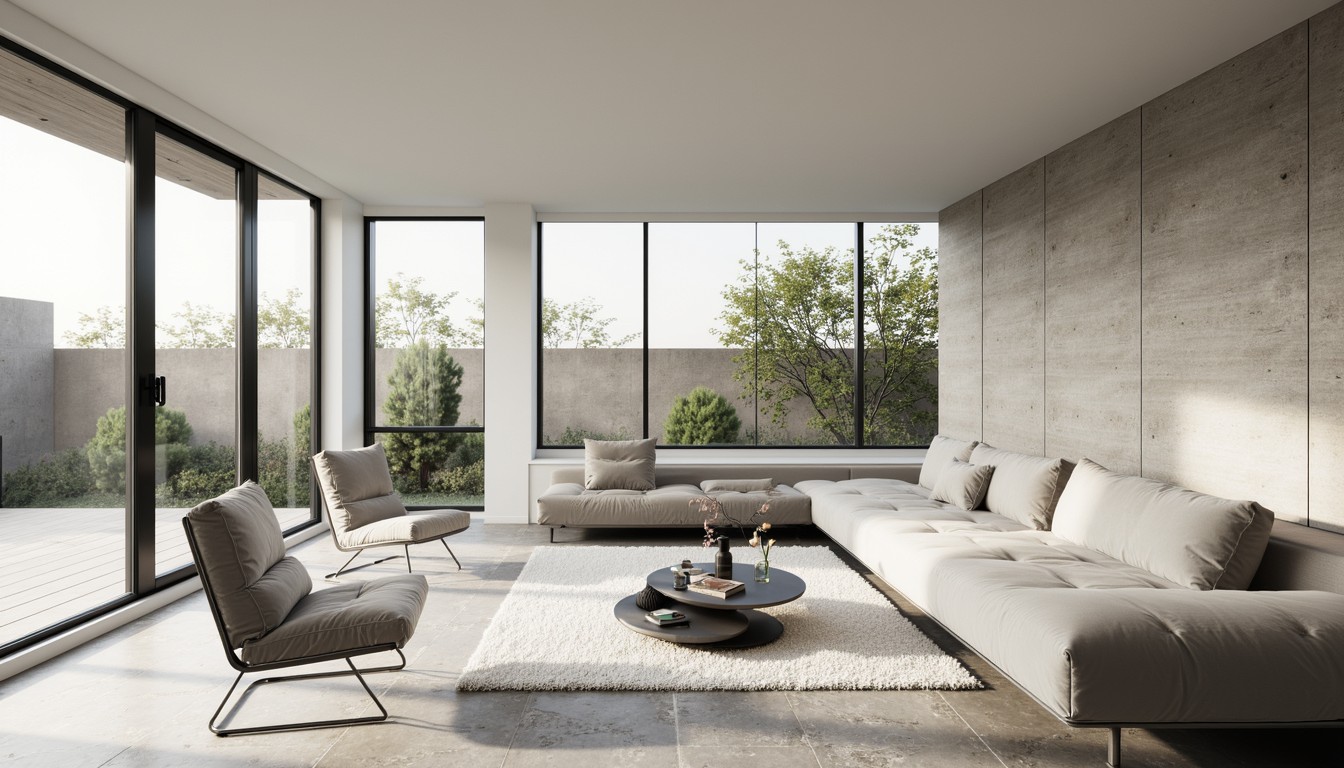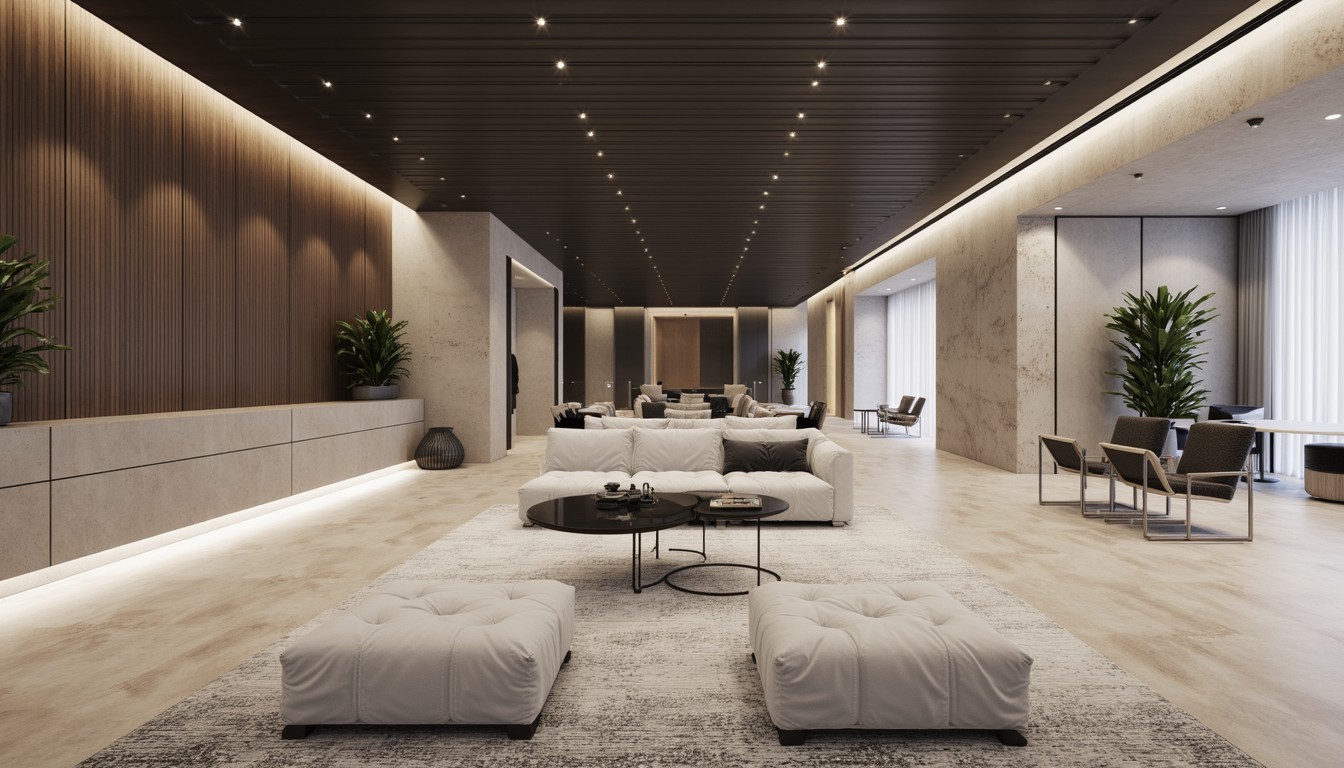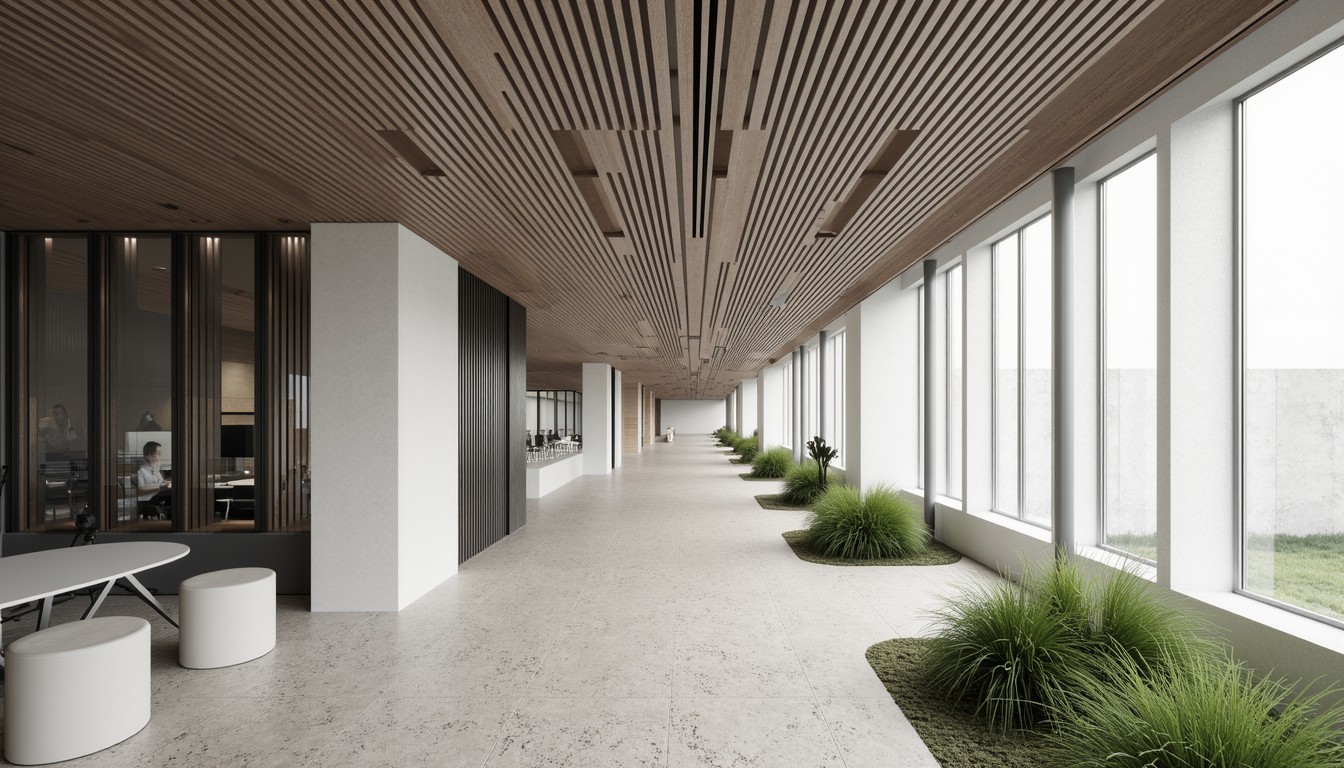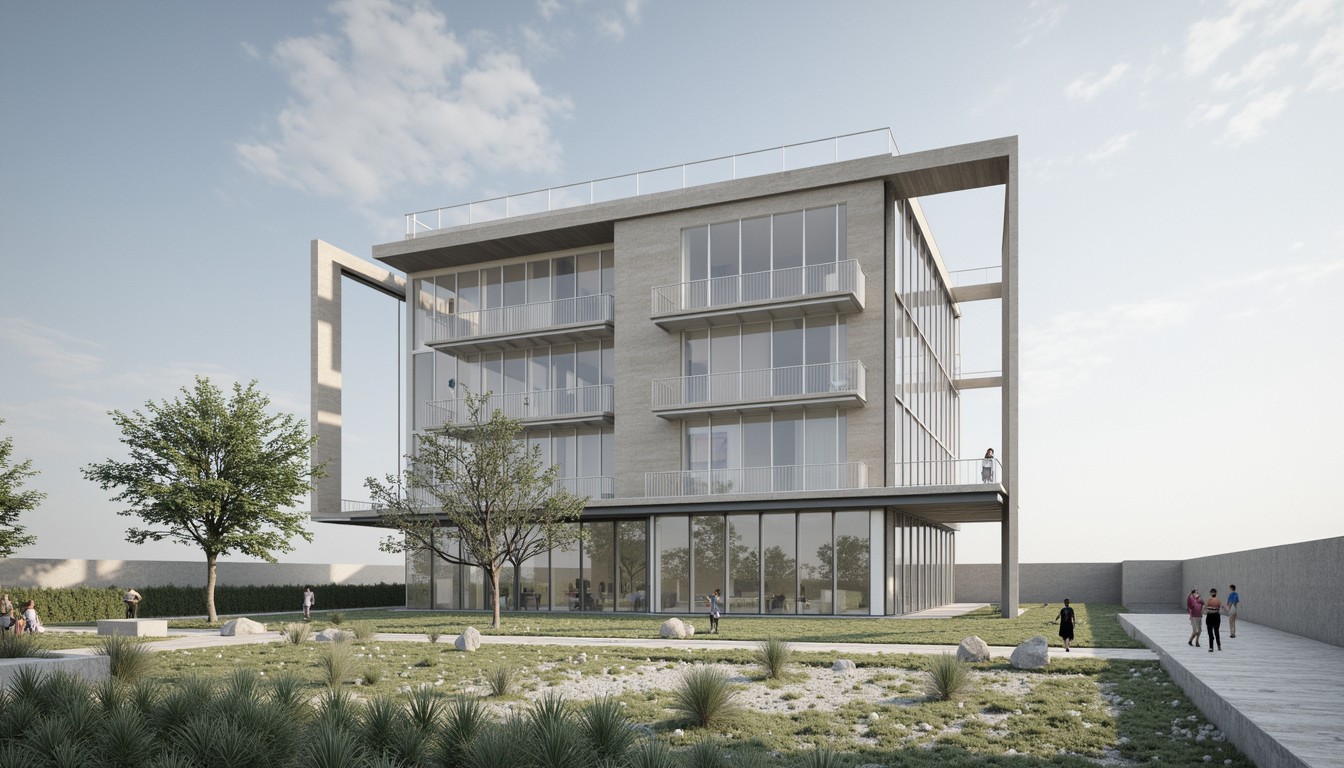AI-Powered Space Planning: A Design Revolution
The architectural landscape is undergoing a dramatic shift, driven by the integration of Artificial Intelligence (AI) into various design processes. Among the most transformative applications is AI-powered space planning, a technology poised to revolutionize how architects and designers approach project conceptualization, development, and execution. This isn't just about automation; it's about unlocking unprecedented levels of creativity, efficiency, and client satisfaction.
The Evolution of Space Planning: From Drafting Board to AI

Historically, space planning was a laborious process, heavily reliant on manual drafting, countless iterations, and a significant investment of time and resources. Architects spent hours meticulously arranging furniture, considering traffic flow, optimizing natural light, and ensuring compliance with building codes. While CAD software significantly improved the efficiency of this process, it still relied heavily on human intervention and intuition.
Enter AI. AI-powered space planning tools leverage machine learning algorithms and vast datasets to automate many aspects of the design process. These tools can analyze building plans, client requirements, and even real-time data (like occupancy sensors) to generate multiple optimal space configurations in a fraction of the time it would take a human designer.
Key Benefits of AI in Space Planning
The advantages of integrating AI into space planning are numerous and compelling:
- Increased Efficiency: AI can automate repetitive tasks, freeing up architects to focus on higher-level design decisions and creative problem-solving.
- Improved Accuracy: AI algorithms minimize human error, ensuring precise measurements, accurate space allocation, and compliance with building codes.
- Enhanced Creativity: By generating numerous design options, AI can help architects explore unconventional layouts and discover innovative solutions they might not have considered otherwise. It acts as a powerful brainstorming partner.
- Optimized Functionality: AI can analyze factors like traffic flow, natural light, and acoustic properties to create spaces that are both aesthetically pleasing and functionally efficient.
- Faster Turnaround Times: AI significantly reduces project timelines, allowing for faster delivery and increased client satisfaction.
- Cost Savings: By improving efficiency and reducing errors, AI can lead to significant cost savings throughout the project lifecycle.
Real-World Applications of AI-Powered Space Planning

AI is already making a tangible impact across various architectural sectors:
- Residential Design: AI can generate personalized floor plans based on client preferences, family size, and lifestyle, creating homes tailored to individual needs.
- Commercial Spaces: AI optimizes office layouts for maximum productivity, incorporating factors like team collaboration, individual workspaces, and meeting room availability.
- Healthcare Facilities: AI aids in designing efficient and patient-centric hospital layouts, considering infection control, staff workflow, and patient flow.
- Educational Institutions: AI assists in creating flexible and adaptable classroom layouts that cater to diverse learning styles and teaching methodologies.
- Retail Spaces: AI can optimize store layouts to maximize customer flow, product visibility, and sales conversions.
Addressing the Challenges of AI Integration
While the potential of AI in space planning is undeniable, there are challenges to address:
- Data Dependency: AI algorithms require large datasets for training, which may not always be readily available.
- Algorithm Bias: Biases in training data can lead to skewed results, reinforcing existing inequalities in design.
- Human Oversight: AI should be viewed as a powerful tool, not a replacement for human creativity and judgment. Architects need to maintain oversight and ensure the AI's output aligns with their vision.
- Cost of Implementation: Implementing AI-powered space planning tools can involve significant upfront investment in software and training.
The Future of AI in Space Planning

The future of AI in space planning is bright. We can expect to see even more sophisticated algorithms, capable of handling increasingly complex design challenges. The integration of virtual and augmented reality (VR/AR) with AI will further enhance the design process, allowing architects and clients to experience and interact with virtual space plans in immersive ways. Furthermore, the development of generative design tools, which leverage AI to explore a vast range of design possibilities, will unlock unprecedented levels of creative potential.
ArchNav: Your Partner in AI-Powered Architectural Visualization
At ArchNav, we understand the transformative power of AI in architectural visualization and space planning. We leverage cutting-edge AI technologies to deliver stunning, accurate, and efficient visualizations, helping our clients make informed decisions and bring their architectural visions to life. We are committed to pushing the boundaries of what's possible, combining human creativity with the power of AI to create exceptional results. Contact us today to explore how we can help you harness the power of AI for your next project.
